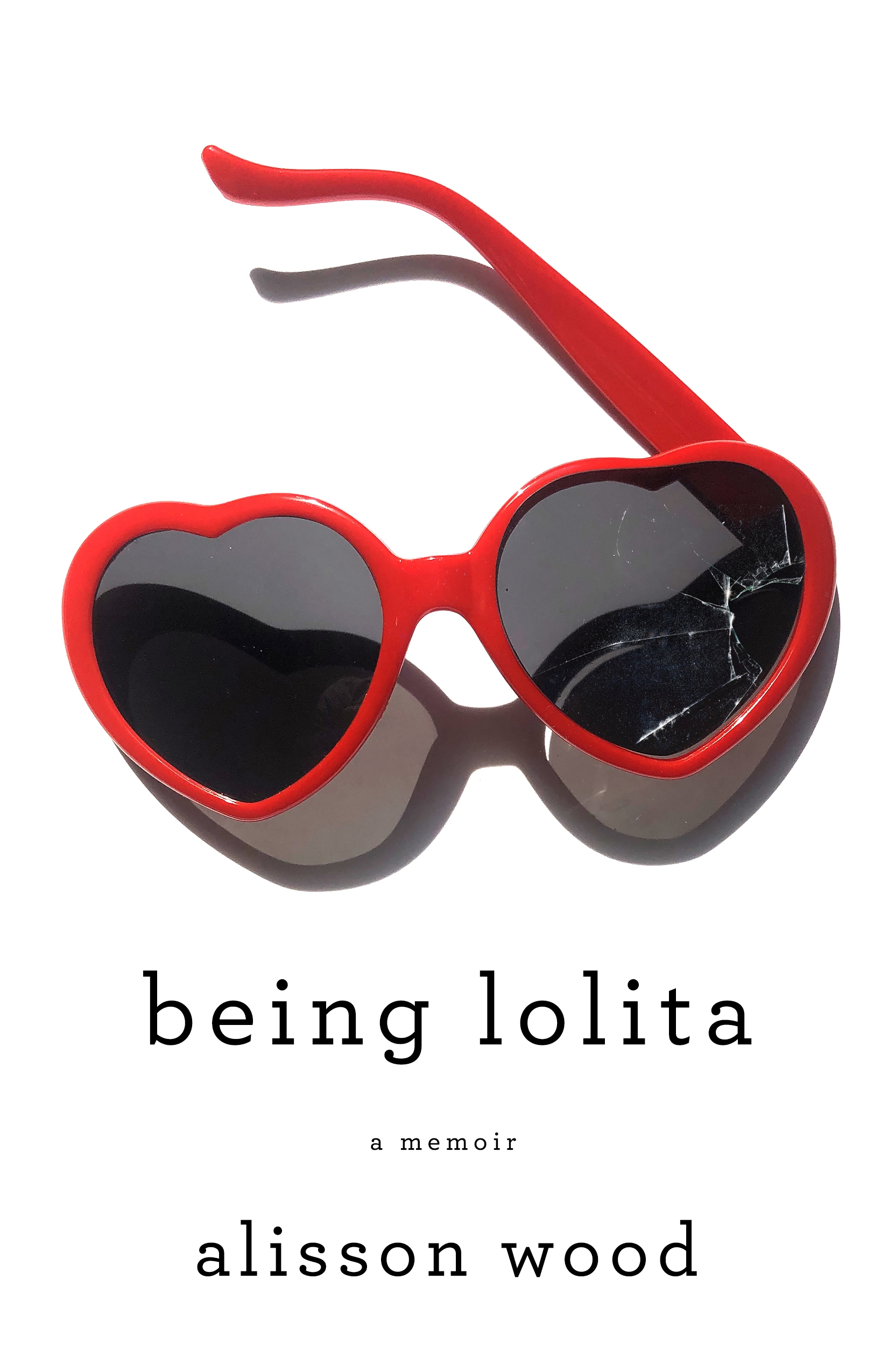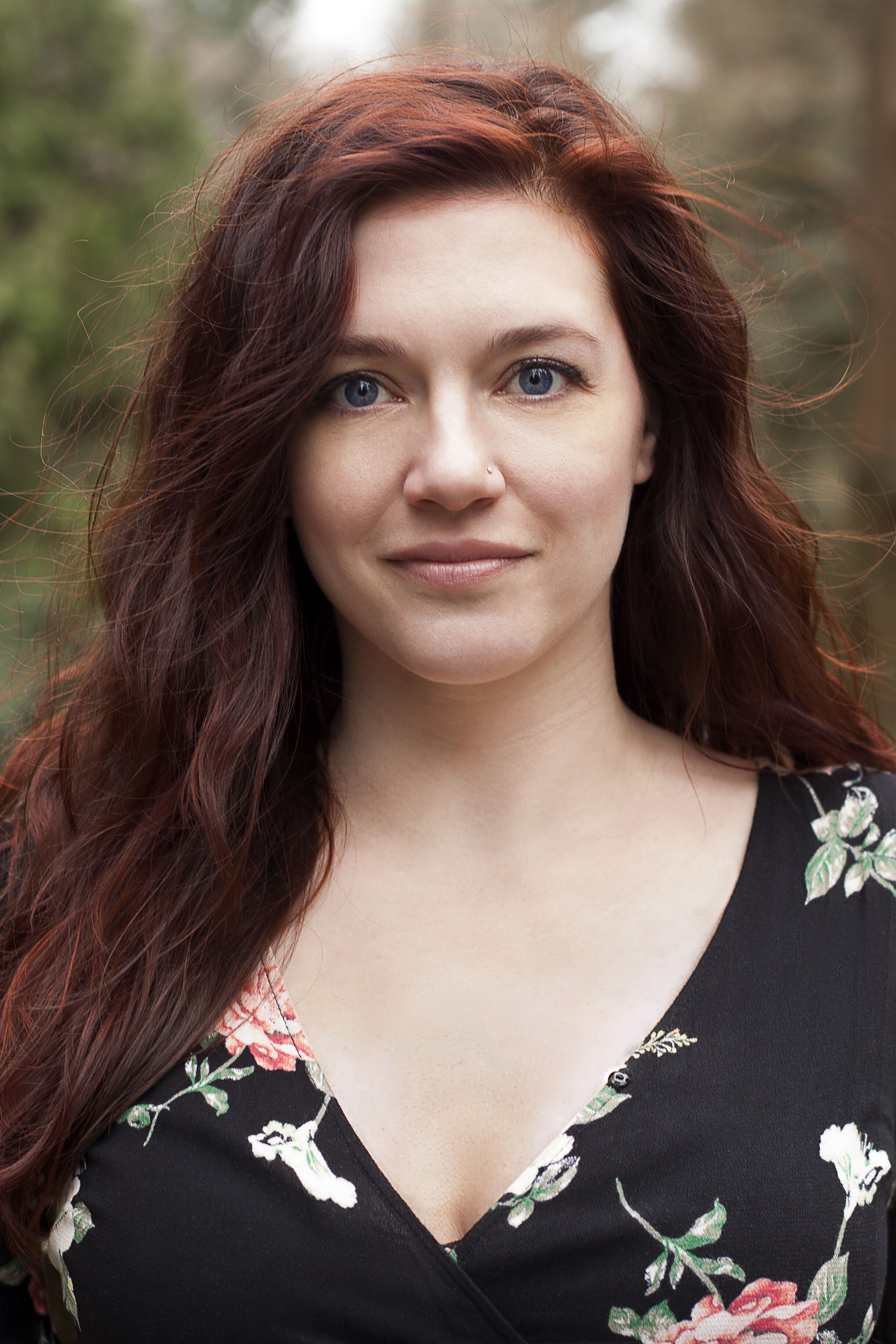*Non-Fiction — July 30, 2020
an excerpt from Being Lolita

Fifteen years past the teacher, I bought a butterfly. I hate butterflies. Butterflies are tramp stamp tattoos, stickers on teen girls’ notebooks, metaphors about transformation that are so obvious they define cliché. So it makes perfect sense that as I walked down Broadway after a writing class at my M.F.A. program, I would notice, for the first time, though I had walked that particular stretch of New York City street multiple times, a store dedicated to nature and nature art. Which, in its window, displayed butterflies.
Dead butterflies. This was not a pet store; more like a museum of fetishized skulls and fossils and Victorian paraphernalia. Where everything is for sale. I had been reading a lot of Nabokov. Not just Lolita, but I had wandered into his other obsessions, specifically his scientific writings on butterflies. Nabokov was well-known and well respected for his Lepidoptera, he was an affiliate at both the American Museum of Natural History and Harvard University’s Museum of Comparative Zoology, sometimes devoting fourteen hours a day to drawing the wings and genitals of butterflies. He noticed the name for the adolescent stage of an insect, mid- metamorphosis: a nymph. Later, he would merge wings and girl and desire in creating Humbert’s nymphet. He was a man of many passions, as he put it. Now, more than fifteen years after the teacher told me he loved me, I wanted to hold Nabokov’s butterfly, his object of obsession, in my hand.
The store was bright, well labeled, filled with things: bleached mink jaws made into earrings, beetles trapped in amber, vintage posters displaying animal skeletons. As I walked deeper into the store, a wall of butterflies opened upon me. Dozens of framed butterflies, ranging in size from a silver dollar to larger than my palm, colors from muted to truly fluorescent. A salesclerk noticed my gaze. I told her I was looking for a “Nabokov butterfly,” one of his Blues, if possible. I was a writer, I just wanted to see one in person, not in a book or on my laptop screen. The salesclerk, with bleached blond hair and very dark lipstick, was thrilled to have something specific to search for; she told me people mostly go “just for the look.” After a few online searches and database checks, she led me to a cabinet in the back with seven or eight drawers, each full of dead specimens for me to consider. “I think this is what you’re looking for,” she said as she pointed to a small, soft brown butterfly within.
I tapped the glass softly above it, as if I wanted it to notice me. I bent down to look closer. Its wings were outstretched without any hope of wind. Its body was small, fuzzy, with a dark blue cascade that traveled out into the wings, mixing with a medium brown, the bark of a young tree. There were distinctive lines in the wings like paths and two rows of spots on the outermost expanse, an edging of white all around. I saw the blues, the distinct transitions of color, the two brushed antennae, the delicacy of it all. The longer I stared the more I saw. The very butterfly from the page of Nabokov’s Pnin. I understood his desire. I looked at the clerk. I asked how much.
It would take two to three weeks to have her ready, to have the butterfly properly custom framed. I imagine this butterfly is a girl; I have no way of knowing. Pure projection. Unlike Nabokov, I am not possessed of the intellectual curiosity for butterfly genitalia. He made great strides in the study of butterflies’ sex organs. There are entire books dedicated to his butterflies.
I had assumed for some reason that one used glue to display a butterfly, but that’s not how it is done at all—you use pins. The pins in her are not the same ones my mother uses to sew with. The pin in her is longer than a simple straight pin; the clerk gave me a spare one to take home, to consider. The shaft is black, the head a pearl. If you push it against your thumb, it blows back, throbs, hums a bit, like plucking a fixed piano wire beneath the wooden lid. Flexible yet firm, it also penetrates: wings, body, skin. It holds in place. The store assured me that my butterfly had already led a full life, and was I aware that most butterflies lived only a few days? That their shortest life span is when they have wings? They are ready for death at the height of their beauty. Their purpose at that point is purely sexual, to lay eggs, to multiply. And then they die.
The quickest way to kill a butterfly is with alcohol, to trap it in a jar or in an envelope, wings carefully folded closed. But first you should pinch it hard on its thorax, a technique that takes practice to perfect, to startle it in a sense. This way she doesn’t damage herself in panic. Because if the wings are ruined, the whole butterfly is a loss. This way, the butterfly suffocates. Butterflies do not make sounds. They collapse into themselves, but if they are carefully kept, they can later be rehydrated, respread for display. A butterfly caught between glass panes will be beautiful forever. Beauty plus pity, that is the closest we can get to art, Nabokov observed.
In the book, Nabokov kills Lolita off before she can complete her life cycle. She is pregnant but dies in childbirth, along with the child. If becoming a woman, an adult, is signified by becoming a mother, Lolita never gets there. Nabokov made her a nymphet forever.
I walked home with a butterfly pin in my pocket and photos of my butterfly on my phone. I chose a simple black wooden frame to display her, nothing ostentatious to distract from her innate beauty. There was a perfect space for her on the wall above my desk at home where I sit and write, a place my eyes already went when I was at a loss between words, pages. Now when I am lost my eyes find my very own Nabokov Blue in panes of glass. I can’t hold her; our skin is too oily and her wings too delicate. There will always be a cold distance between us. If I tap on the glass, nothing will happen; she’s dead. But maybe looking at her will make me understand.
Originally published in No Tokens Issue No. 9. View full issue & more.
